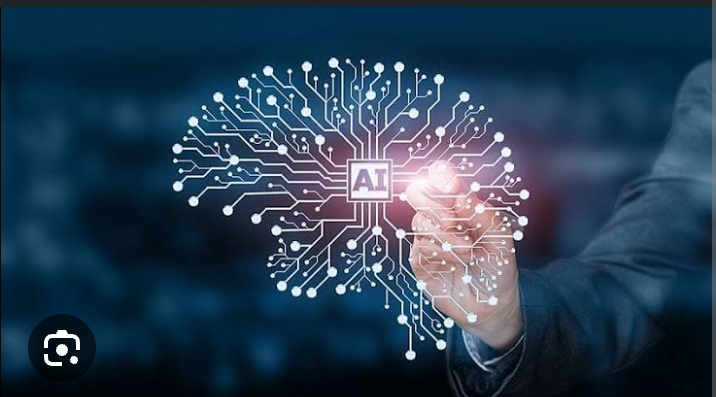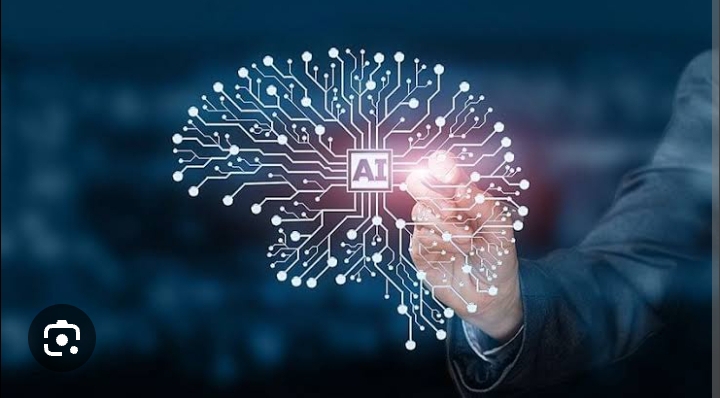“I think the time is right now…we are very interested in finding ways to use generative AI to do things for people, rather than just telling people,” Eric Saarnio, Vice-President, Amazon Devices International, explains why the company felt the need to supercharge Amazon’s Alexa to be more human-like using generative AI. “We think that generative AI can help us solve real-world problems for customers in the home,” Saarnio told indianexpress.com on the sidelines of Amazon’s fall product launch event at its new campus in Arlington, Virginia. “We are creating the most personalised and capable, conversational experience, tapping into AI.”
On Wednesday, the e-commerce giant made a big pitch to keep Alexa, its voice-based assistant, relevant by adding generative AI treatment in the hope of better competing with OpenAI’s ChatGPT and Google’s Bard AI chatbots. The all-new Alexa voice assistant is powered by its new Alexa large language model, which gives the voice assistant a more human-like voice and will be able to hold more natural conversations without being prompted by a wake word.“We are steadfast in bringing ambient technology into the home and a part of that is making sure that it’s conversational so that it’s just as easy to interact with the device with a voice or an experience as it is, like us talking to each other here now,” Saarnio said.

A generative AI update for Alexa not only shakes up the voice assistant which was introduced in the mid-2010s but also Amazon’s Echo smart speakers. The more Alexa gets popular, the more people come to Amazon and buy its hardware products. The two are intertwined, but the bigger ambition of Amazon is to keep Alexa at the centre of the home, where it has an upper hand over rivals, which have mostly focused on apps for smartphones and computers. “It’s a little like Apple and Oranges,” Saarnio responded when asked about the comparison between app-based AI chatbots with Alexa. Saarnio says the challenge in front of the team was how to make the experience of interacting with the voice assistant as natural as possible. “We are at that point right now where the technology [generative AI and large language modelling] is available for us to make that habit for customers.”
Generative AI refers to AI tools that can produce new content – be it text or images in response to user prompts. The unveiling of superpowered Alexa using generative AI was arguably the biggest theme at Amazon’s fall event, overshadowing the new hardware itself. That shows how important Alexa is for Amazon and its smart home ambitions, despite recent job cuts in the company’s hardware division. During a live demo during the event, Amazon’s longtime head of devices, Dave Limp, asked Alexa about his preferred college football team without mentioning its name, relying on Alexa’s ability to remember his previous input. The demo wasn’t without hiccups. At times, Alexa lagged in its response, and Limp had to repeat his question to get an answer but the voice assistant had more personality, and the conversation was more natural. Amazon isn’t rushing to bring the all-new Alexa experience to users right away. The company is rolling it out slowly through a preview program “in the coming months” — and only in the US. It appears that Amazon has a more cautious view of launching artificial intelligence products, rather than trying to be the first one on the market.


